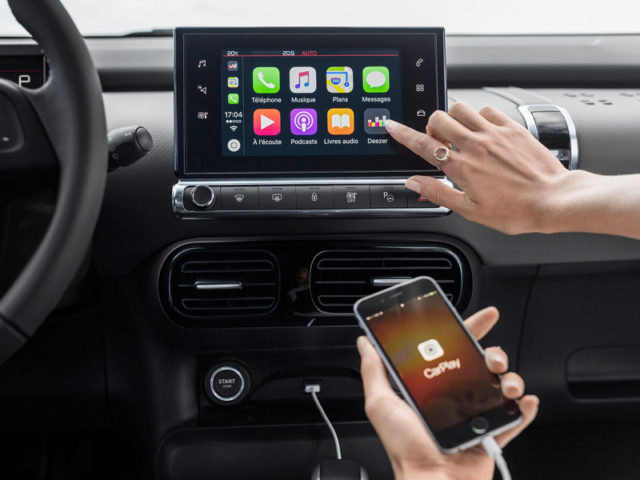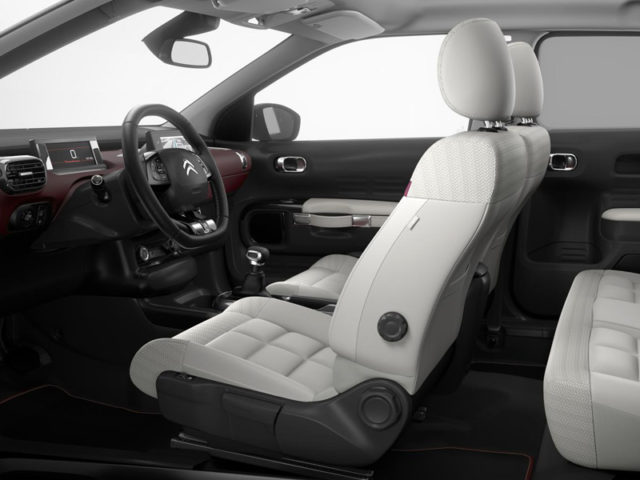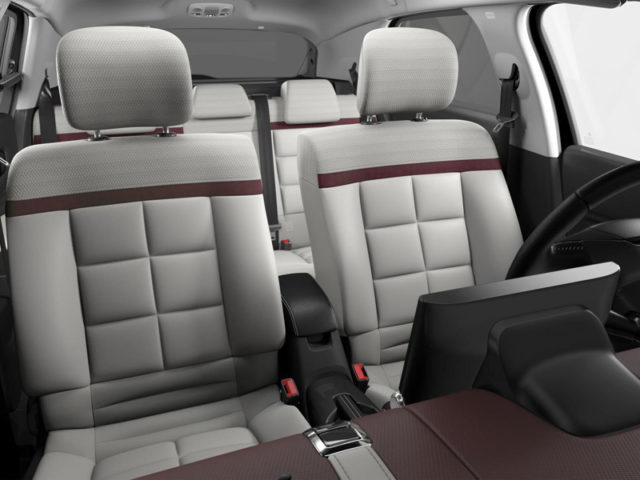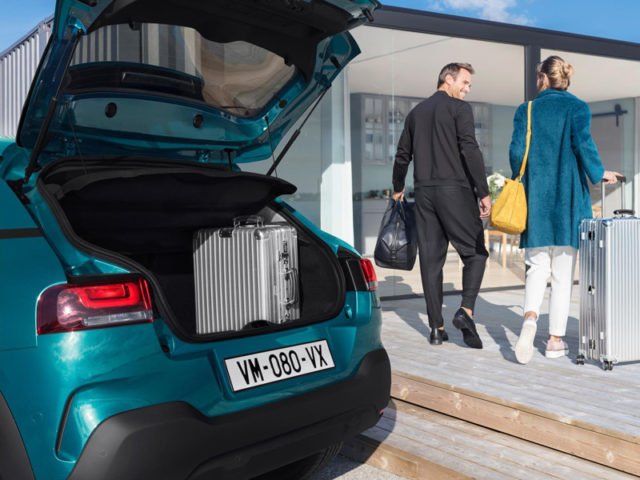First Drive: Citroën C4 Cactus
There are some pleasant surprises behind the quirky C4 Cactus’s restyle, explains Alex Grant.
- Citroën C4 Cactus
- Citroën C4 Cactus
- Citroën C4 Cactus
- Citroën C4 Cactus
- Citroën C4 Cactus
- Citroën C4 Cactus
- Citroën C4 Cactus
SECTOR Lower Medium PRICE €17,000-€22,500 FUEL 47-6.1l/100km CO2 97-110g/km
The C4 Cactus had always felt like a bit of a leap in the dark for Citroën. Undeniably clever with its low-weight, low-frill engineering and minimal running costs, it felt like a modern interpretation of the much-loved 2CV. But, with radical styling, it was a divisive car from the moment it broke cover.
This car feels like a step towards the mainstream. The C4 hatch retired quietly at the end of last year, due to declining demand, and those who had bought the old Cactus for its pseudo-SUV styling now have the more spacious C3 Aircross as an alternative. With its downsized Airbump panels, shades-of-grey colour palette and deleted roof bars, the Cactus has grown up. This is, essentially, the new C4.
Which marks a change of focus, no longer centred on tiny running costs, but on class-leading comfort. So, while those broad-shouldered, barely-bolstered seats look unchanged, they’re far more supportive than the early cars thanks to denser, apparently harder-wearing, foam. And the C4 Cactus introduces European markets to Citroën’s new suspension technology, with shocks that move freely enough to almost float over small bumps, while dissipating the energy from larger thumps as heat. Both are standard across the range, offering unmatched comfort in this class.
But it’s the small differences that really add up. The steering is now adjustable for reach as well as height, so it’s easier to find a comfortable driving position, while thicker glass and improved insulation mean it’s noticeably quieter – especially with the diesel engine. Unlike early cars, it gets one-touch electric windows and an interior light in the back, while the infotainment is more responsive and features Android and Apple smartphone streaming.
It’s still clever, too. This is one of the smallest hatchbacks in the class, but its relatively long wheelbase means the interior is surprisingly spacious (though
the glass roof on top-spec Flair version helps), while
the boot easily swallows bulky buggies and boxes, albeit after lifting them over the high load lip. However, if you want a genuine SUV-like ride height, and sliding rear windows instead of hinged pop-outs, then the C3 Aircross is the better option.
Engine options are limited, though. There are three petrol options, at 82hp, 110hp (with an optional automatic gearbox), and the new 100hp unit, plus a single diesel at 99hp, and all come in at 110g/km CO2 or less. But there are no higher-power options, as offered on most rivals including the 308, and the diesel still makes do with a five-speed manual gearbox. From experience, that curbs motorway economy for what’s otherwise a very efficient engine.
Of course, four years on, the C4 Cactus has become a familiar sight,
and its divisive styling is a selling point as much as it might alienate some buyers. So while this is unquestionably a better car now, scrubbing a little of its identity away might be another leap into the dark.
What we think
Supernatural ride quality and subtle upgrades throughout have made the quirky Cactus a much better car. But arguably at the cost of some character.








